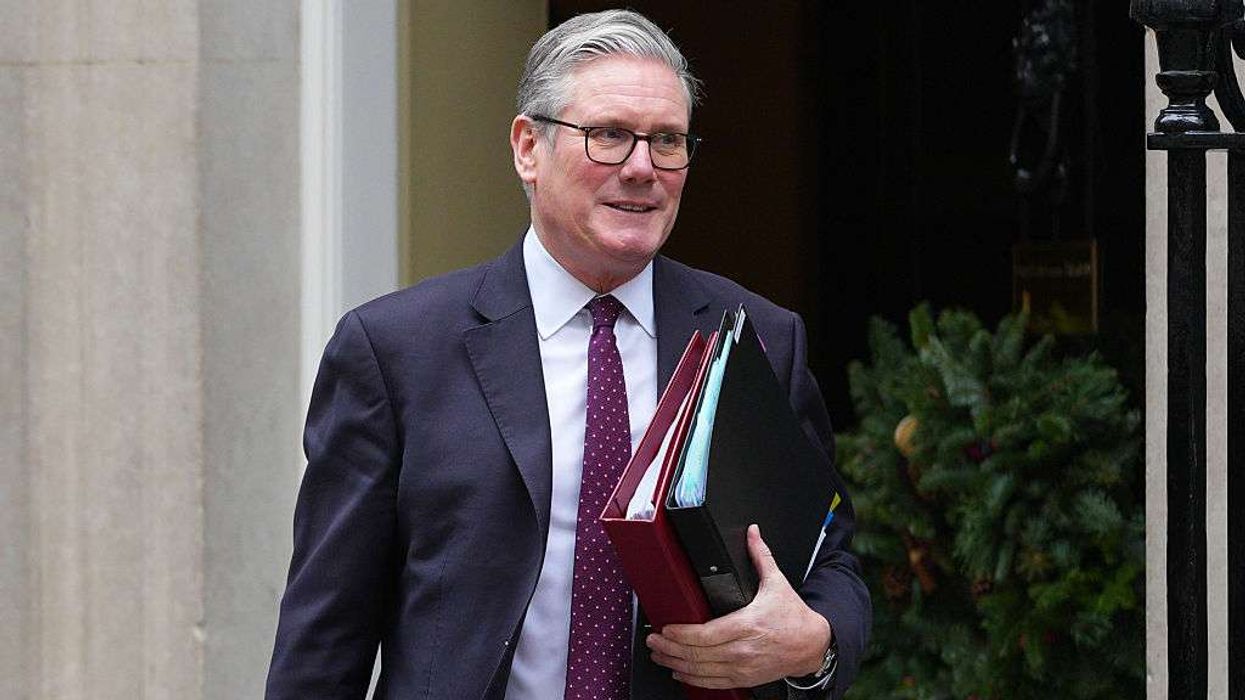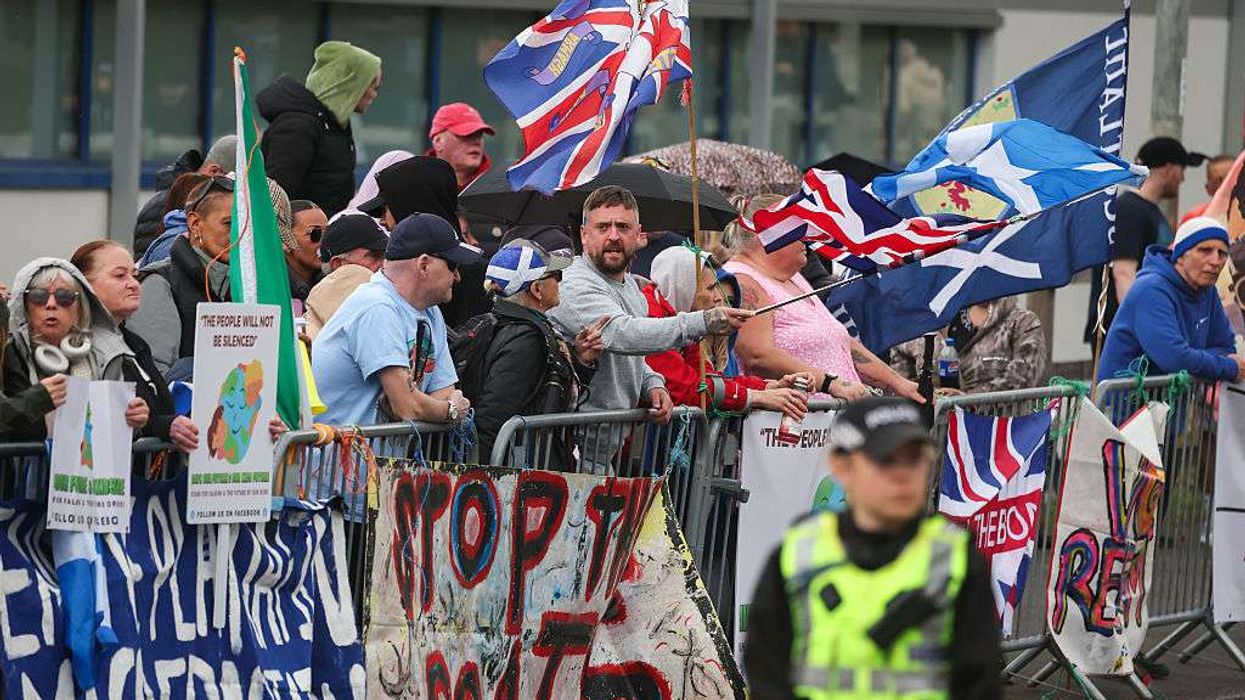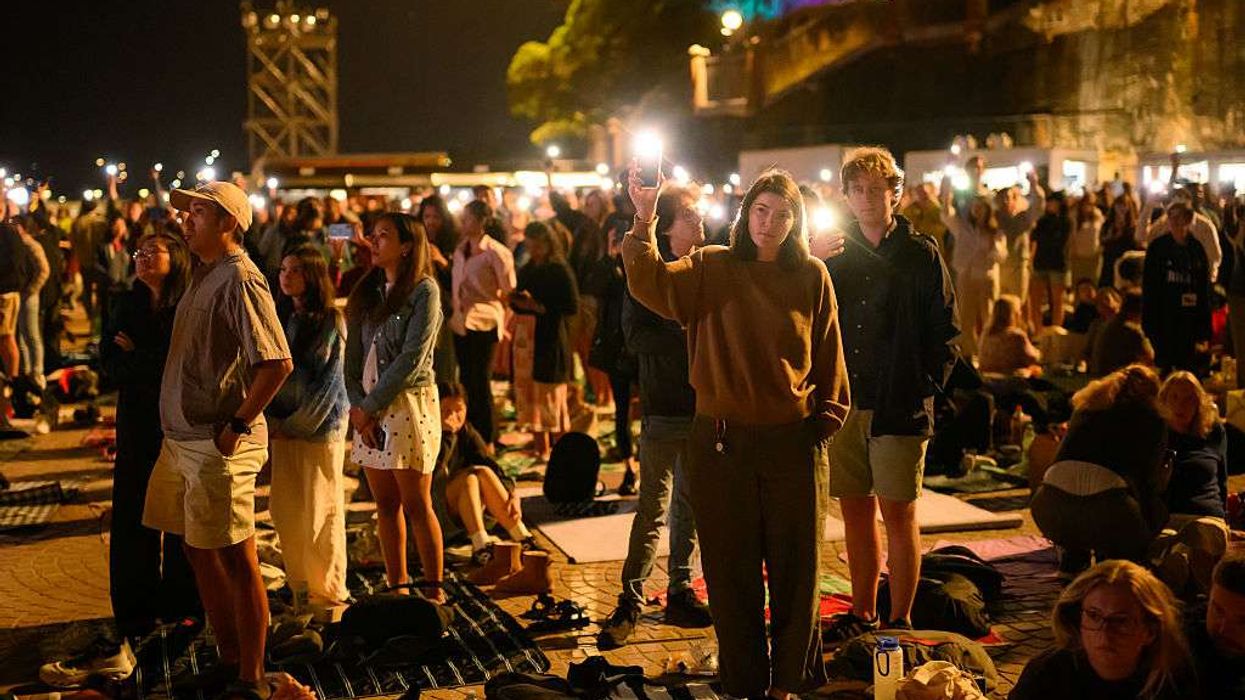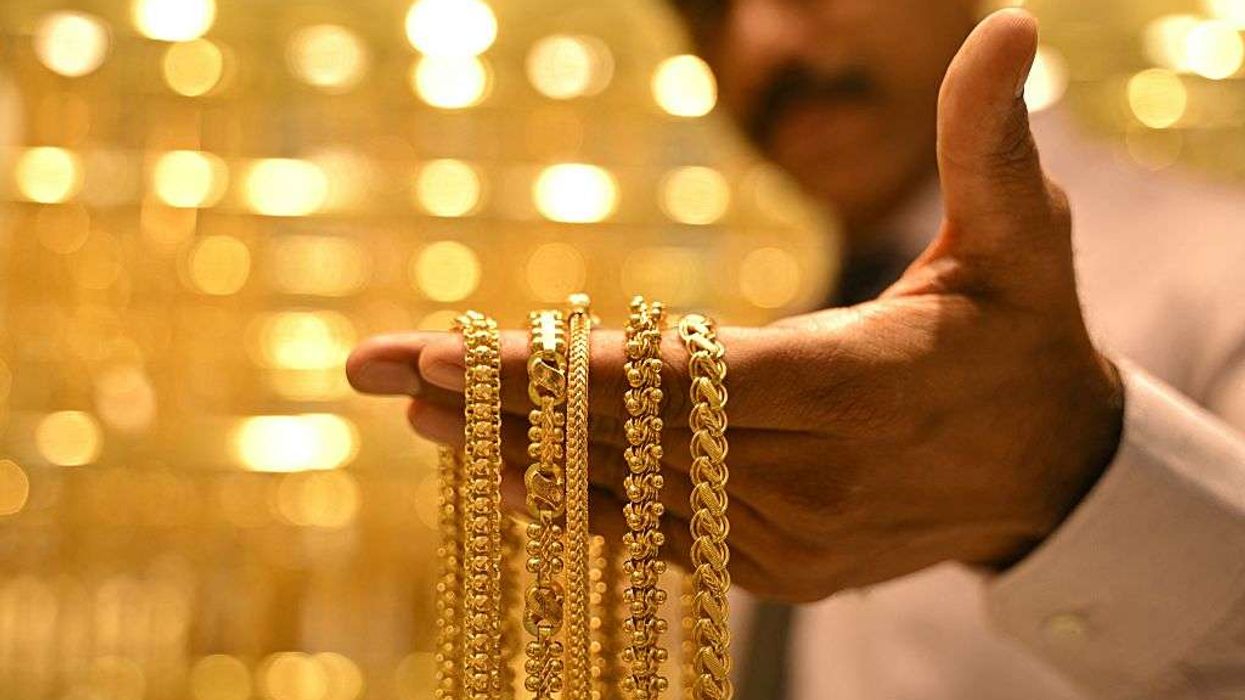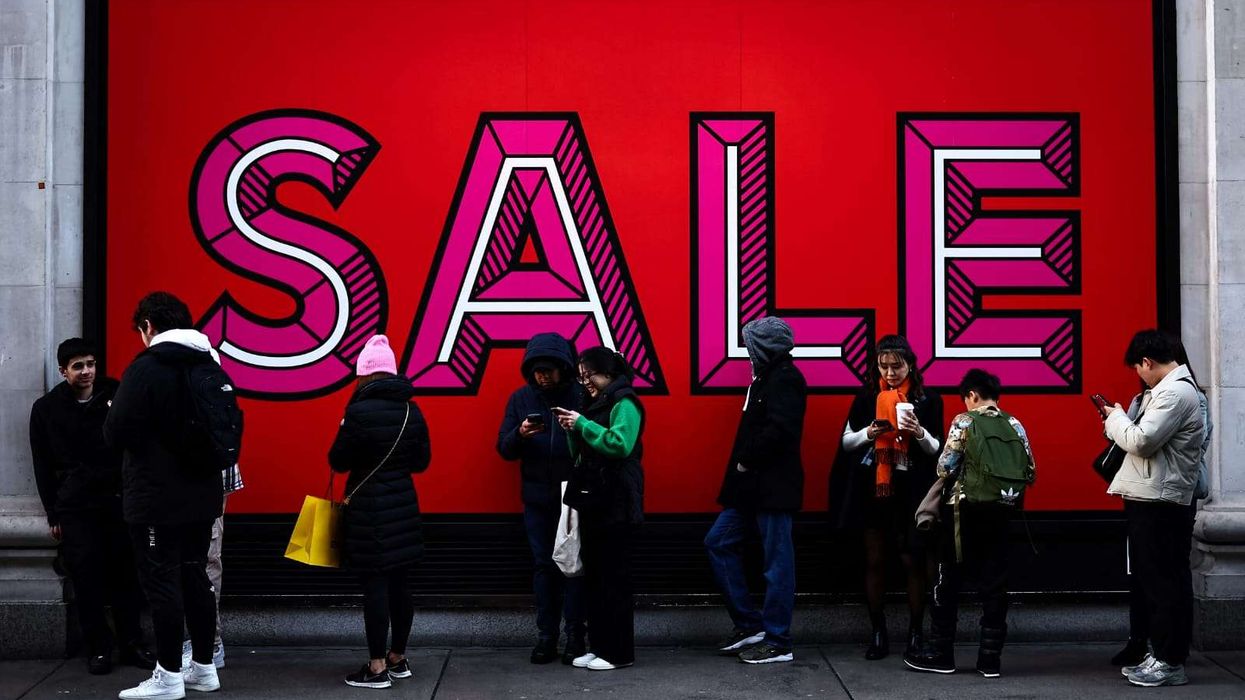by LAUREN CODLING
A LEADING actress has revealed how she pulled apart the typical notion of an “idealised” Indian mother in her latest theatre role, which is set to premiere in north London on Wednesday (23).
In When the Crows Visit, British-Indian actress Ayesha Dharker plays Hema, a mother who is forced to confront ghosts from her past. From her own experiences of being a parent, the star believes it is easier not to romanticise the role of the mother when you actually are one.
In India, Dharker explained that the role of a mother is a complicated one. The mother tends to be perceived as a saint by most. In this play, Mumbai-born Dharker has the opportunity to challenge that notion.
“Hema is having to re-evaluate what to do and how to be in a situation where there is no clear course of action,” she told Eastern Eye. “It makes you realise that our ideas of motherhood and morality are very dependent on the situation each individual finds themselves in.”
Described as a “thriller with a really dark heart”, the India-based narrative of When the Crows Visit focuses on Hema and her son Akshay, who comes home after being accused of a dreadful crime.
Directed by Indhu Rubasingham, the storyline handles issues of violence against women from a woman’s point of view.
Those who see the play will probably recognise Dharker – she has starred in a variety of high-profile roles across film, television and theatre from more than three decades.
But despite her experiences, she admitted that she still feels uneasy when her parents see her work.
Her mother is the noted poet and artist Imtiaz Dharker, and her father is Anil Dharker, a columnist and an ex-editor of Debonair, an Indian men’s magazine. Although she said it is “wonderful” when the work that they do connects, it can be overwhelming.
“It’s terrifying because I respect them as artists and the way they see my work does not always have the indulgence of a parent,” she admitted.
“I have always felt that when your parent is a writer or an artist you learn so much more about them through their art.
“I have also grown up seeing their sheer passion and hard work and now I see it in my own daughter.”
Besides theatre, Dharker has starred in an array of film and television productions in a career spanning more than three decades. She was applauded for her role in the 1997 Tamil film The Terrorist and has become something of a cult figure since she appeared in the Star Wars franchise in 2002.
She has also had regular spots on Holby City and Coronation Street, and a starring role in Andrew Lloyd Webber’s Bollywood-themed musical Bombay Dreams.
The actress has had an incredibly varied career – why does she choose certain projects over others?
“I have always been drawn to writers because almost everyone in my family is a writer,” she explained. “So, in the end the way a piece is written is important to me.”
She finds it “fascinating” that musical theatre, soaps, straight theatre and independent film all have their own rules and their own world. “I started working as a child, and it has always been like walking through a wardrobe into a magical world,” she enthused. “I am still amazed that I get to do this every day.”
Most recently, she took a role in Richard II which premiered at Shakespeare’s Globe last February – the play was described as “historic” when it was first announced for its entirely female ethnic minority cast and crew.
The experience was an entirely positive one for Dharker. There was a deep connection between each of the women, she recalled, and a lot of laughter. It was also inspiring for her to see women play roles that have previously been played by men, as it is a range that is sparsely seen.
“Female characters rarely get to be ruthless, ambitious, and powerful without having to apologise for it somewhere in the piece and here they were just allowed to ‘be’,” she said.
Despite her wide-ranging, artistic ventures, she has regrets. She revealed that if she could turn back time and revisit her whole career again, she would say yes to more roles. “I remember being wary of Shakespeare and waited a long time before I felt that it was material I had a right to interpret my way,” she said.
“Working at the Royal Shakespeare Company with Dominic Cooke, Cicely Berry Erica Whyman and Iqbal Khan made me realise that I not only had the right to do it in my own voice but that it is for everyone who loves it and is willing to work at it.”
She added: “I would cram in more reading, and more work because my 34 years in the job have gone far too fast, and I feel like I still have a lot to learn.”
When the Crows Visit will be at the Kiln Theatre from next Wednesday (23) until November 30
